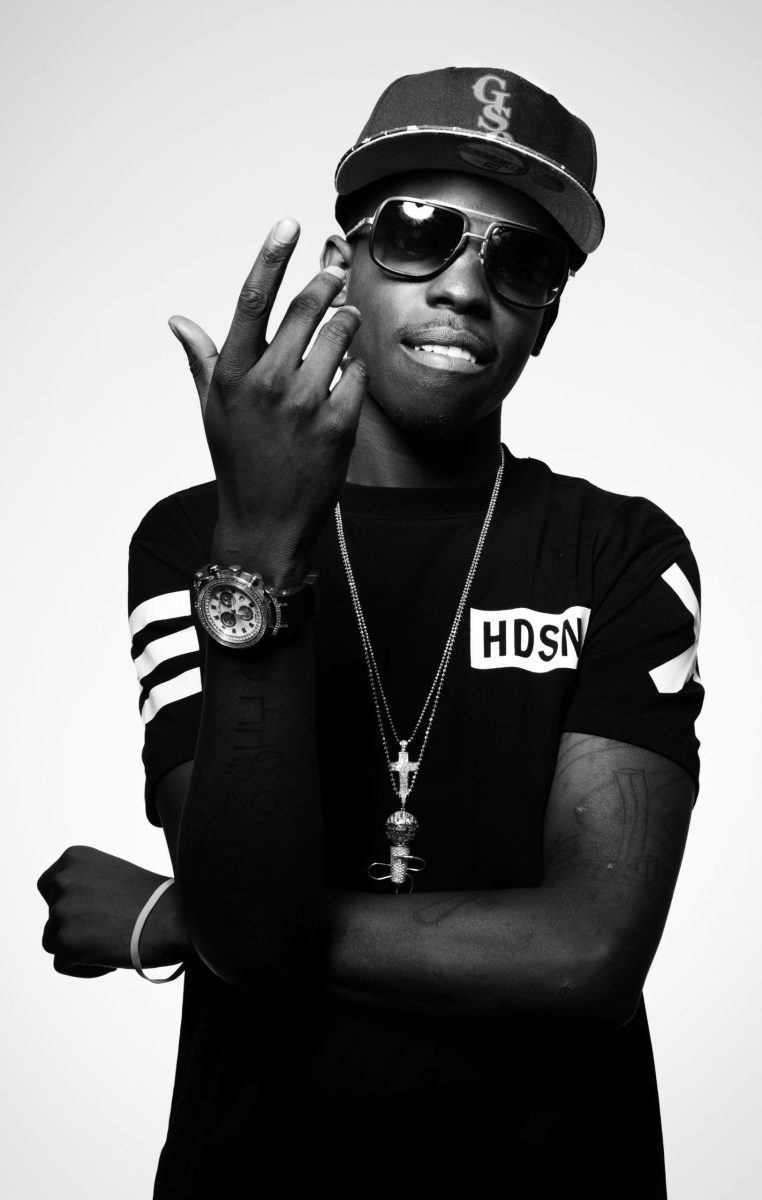In late February, rapper Bobby Shmurda was released from the New York State correctional system after a roughly six-year sentence on charges relating to conspiracy and weapons possession. The Brooklyn native’s release has caused a stir in the rap community, as he had gained quite a bit of fame following the release of his EP “Shmurda She Wrote” before his 2014 arrest.
The music industry, particularly the rap scene, has changed quite drastically since Shmurda was in the limelight. His release has prompted me to think about the ways that the rap scene has developed since then, what artists are popular now versus then, and whether these changes have positively or negatively impacted the hip-hop community.
One of the largest diversions in hip-hop music that has fleshed itself out in the last six years has been a variant of trap music called “emo rap.” Trap music had been mainstream in its popularity since the mid 2000s, but this was bolstered by the rise of a sadder, more melancholy rap culture within the hip-hop scene. Personal struggles have always been a source of inspiration for musical artists all over the world, but pouring these negative emotions over high energy beats became a popular trend starting around late into the decade in 2017 and 2018. Many smaller artists were able to utilize this style and gain tremendous popularity off of it. Some popular examples of rappers that were able to make this work include Lil Uzi Vert and the late JuiceWrld. Their hits, including songs like “XO Tour Llif3” and “Lucid Dreams” have helped to cement emo rap as a substantial subgenre of rap and trap music. Emo rap can be compared to the style of rapping that was popular in the heyday of the early 2010’s, where one of the more popular subgenres of rap was Drill music. Drill, notable for its low trap beats and violent lyrics, was pioneered by artists such as Chief Keef and Young Chop, and was popularized by larger musical figures, such as Kanye West.
This gritty style of drill music was one of the contributing factors to Shmurda’s success, and it continues to influence the hip-hop scene today. The ability for artists to focus their emotions and vitriol into their music is often an indicator of the current social zeitgeist. Less popular artists at the time were also largely relatable, making their music feel incredibly real, introducing many newer names into the field. Therefore, it’s clear that the changes present in the rap community over the last several years from violent and hardcore drill rap to sad and emotional emo rap have been positive, as it allows for social and personal reflection.
There are rumors that Shmurda has been back in the studio since his release from prison, and that new music might be on the way from him soon, so it will be insanely interesting to watch how a rapper from the past responds to the decade’s newest changes in rap music.




























